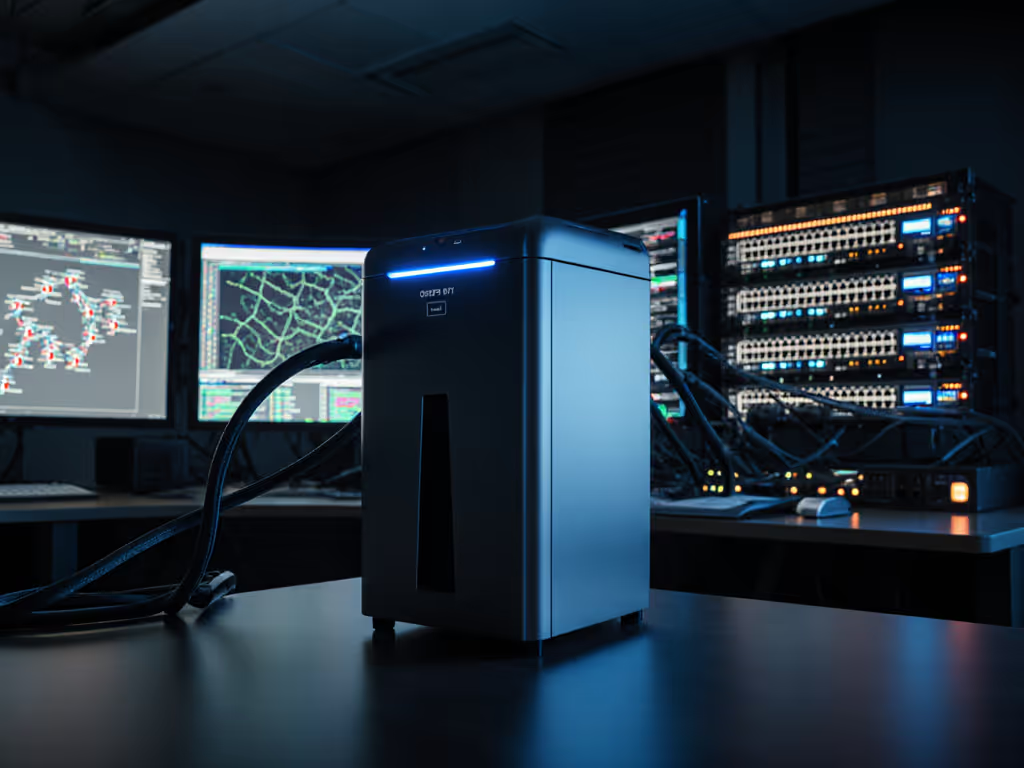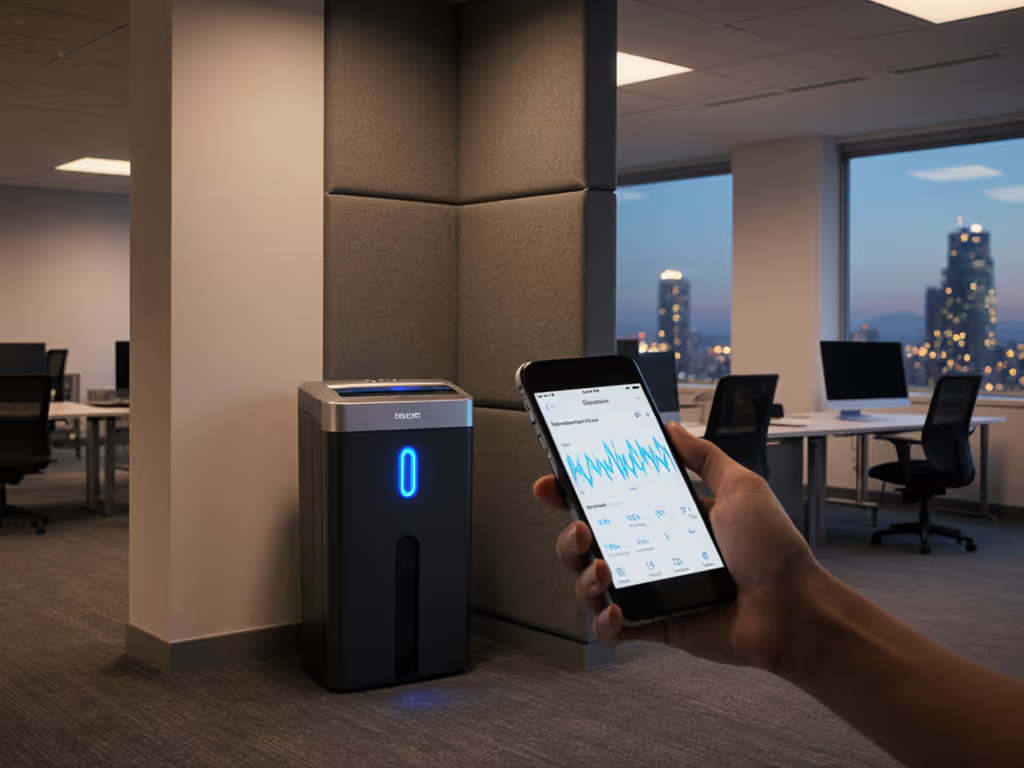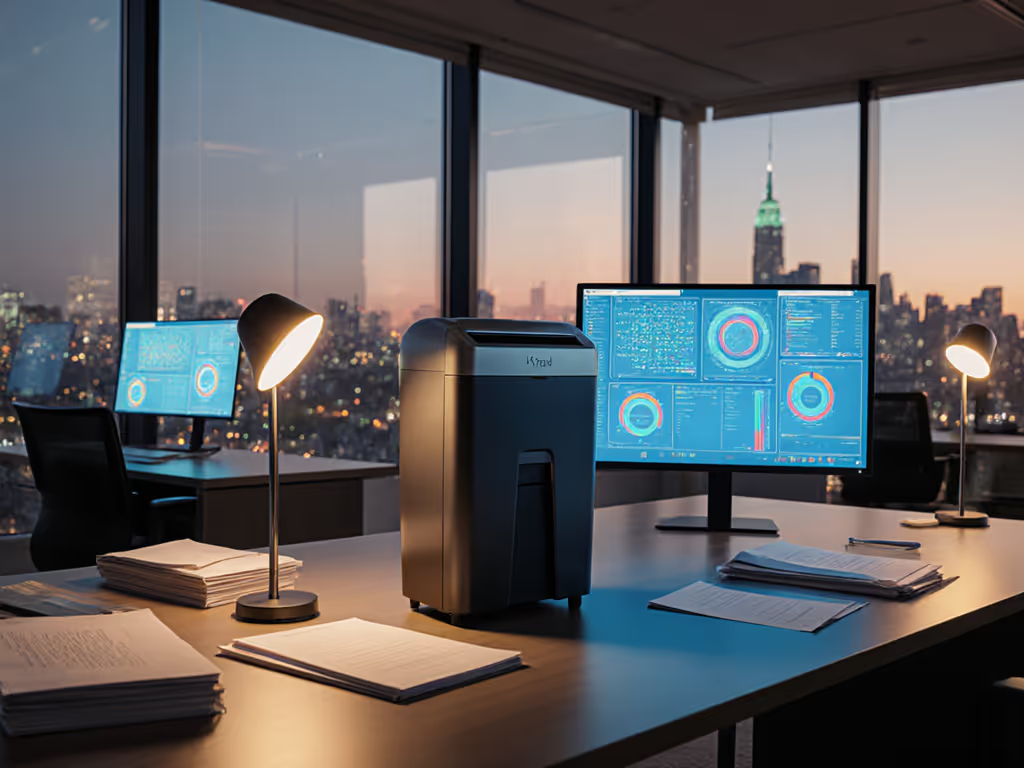
DIN 66399 Standard: Match Security Levels to Your Documents
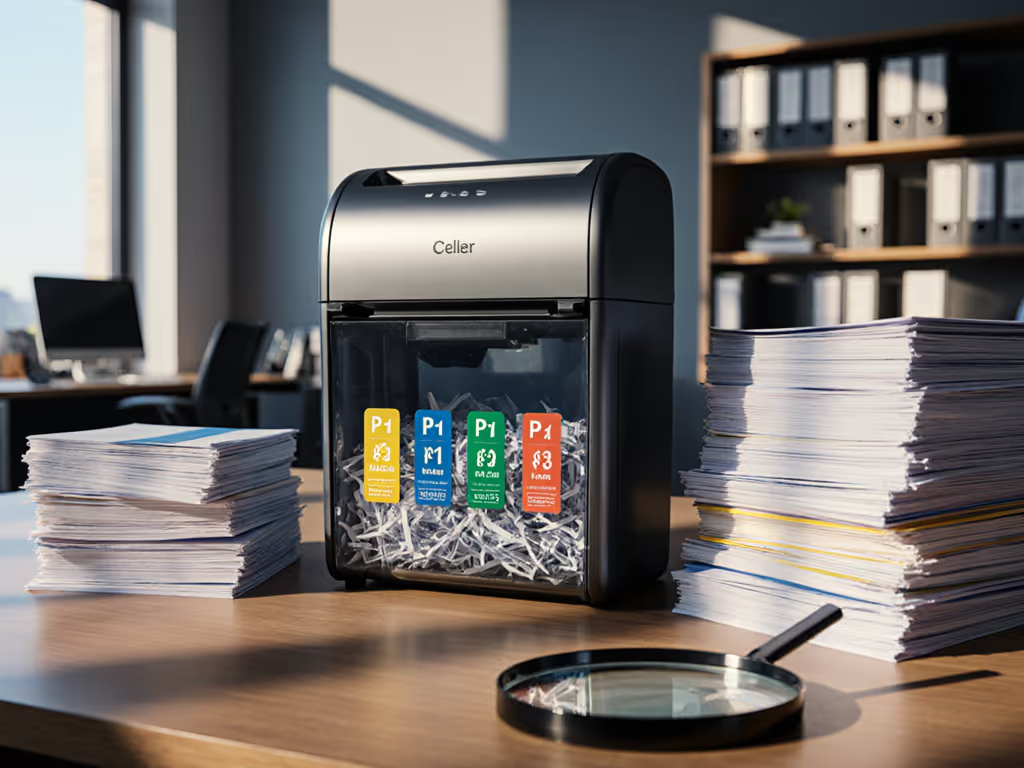
The DIN 66399 standard is your roadmap to secure document disposal, eliminating guesswork with a precise shredder security framework. Forget marketing fluff, this international benchmark translates sensitive data into actionable specs. Whether you're drowning in financial statements or shredding client contracts, understanding P-1 to P-7 security classification means you'll never overspend on specs you don't need or risk compliance failures. Let's cut through the confusion with a practical, step-by-step guide.
Why Your Shredder's Security Level Matters (Beyond Just "Confidential")
Picture this: A stack of medical records, tax documents, or client contracts ending up in the wrong hands. Not hypothetical... Identity fraud from improper disposal spiked 27% last year, per the FTC. The DIN 66399 standard exists because "confidential" isn't specific enough. It defines exact particle sizes and cut types to match real-world risk, turning anxiety into actionable choices. This isn't just paperwork, it's your professional reputation and legal liability on the line.
How the DIN 66399 Shredder Security Framework Actually Works
DIN 66399 isn't arbitrary. It classifies paper shredders across seven security levels (P-1 to P-7), grouped into three protection classes based on reconstruction risk:
- Protection Class 1 (Low Risk): For internal memos or junk mail. Uses P-1/P-2 strip-cut shreds (wide strips easily reassembled). Think: old catalogs or expired coupons.
- Protection Class 2 (High Risk): Where 90% of home offices and small businesses live. P-3 to P-5 cross/micro-cut shreds create particles too small for manual reassembly. This covers HIPAA/GLBA-sensitive data like patient records or financial statements.
- Protection Class 3 (Critical Risk): P-6/P-7 for government/military secrets. Particles vanish like dust, and reconstruction requires lab-level tech.
Low-fuss habits beat heroics when the bin hits full. One ergonomic bin swap beats wrestling with overstuffed messes.
Step 1: Audit Your Documents (Stop Guessing!)
Don't buy a shredder based on vendor claims. Map your actual documents to the P-level using this quick-reference table:
| Document Type | Risk Level | Required DIN Level | Why |
|---|---|---|---|
| Junk mail, expired flyers | Low | P-1/P-2 | Easily reassembled, but low harm if exposed |
| Invoices, internal memos | Medium | P-3 | Cross-cut particles (320mm²) require effort to piece together |
| Bank statements, medical records, contracts | High | P-4 | Industry standard for compliance; micro-cut (160mm²) needs special tools to reconstruct |
| Patents, financial ledgers | Critical | P-5/P-6 | Near-dust particles; required for SEC or classified data |
Pro tip: If your industry has regulations (HIPAA, FACTA, GDPR), P-4 is almost always the minimum. Save P-5 for financial institutions or law firms handling trade secrets.
Step 2: Decode Product Labels (Spot the Red Flags)
Shredder specs get muddled fast. Here's how to cut through the noise:
- "Security Level P-4" > "Cross-Cut": Cut type (strip/cross/micro) is vague. Demand the exact P-level, and note that P-4 shredders must produce particles under 160mm² per DIN 66399. If it doesn't state the level, walk away.
- "Handles 12 Sheets" ≠ Reliability: Check jam-risk grading in reviews. High-capacity units like the Aurora AU120MA thrive on batch processing, but thick mail (envelopes, multi-page contracts) needs auto-reverse sensors. Bonus: Units with color-coded feed guides (like my office's fix) cut jams by 80%.
- Dust control isn't optional: P-4+ shredders create finer particles. Look for bin-change ergonomics (pull-out bins with dust seals beat messy dumping). If reviews mention paper "snow", skip it.
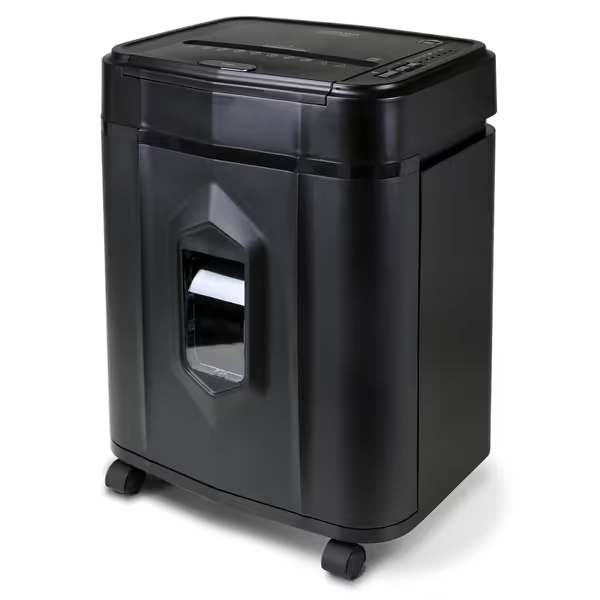
Aurora AU120MA 120-Sheet Auto Feed Micro-Cut Shredder
Step 3: Match Your Lifestyle (Not Just Specs)
Your shredder shouldn't feel like a chore. Most compliance anxiety comes from overcomplicating needs. For 95% of home offices and small teams, P-4 is the sweet spot (covering personal data without P-5/P-6 overkill). But your daily habits dictate success:
- Auto-feed reliability notes: If you shred 50+ pages daily (e.g., accounting firms), prioritize auto-feed units with 30+ minute run times. My old office jammed 3x before lunch until we set simple oil schedules, and now cleanup takes minutes.
- Maintenance intervals in minutes: Skip oil-heavy models. Modern units need lubrication every 30 minutes of use (not time!). Set phone reminders: "After quarterly taxes, oil the blades."
- Noise anxiety? Look for dB under 60: Quieter than a dishwasher, ideal for apartments or baby naps. Units like the Fellowes Powershred 12C (P-4 rated) run at 56dB, making them perfect for background use.
Step 4: Avoid the #1 Maintenance Pitfall (It's Not What You Think)
Most shredders die from bin hygiene neglect, not motor issues. When you ignore these:
- Dust buildup clogs sensors, causing false "full bin" errors
- Overfilled bins strain auto-reverse mechanisms, creating jams
- Paper scraps in feed throats attract moisture, leading to rust
Fix it in 90 seconds: After emptying, wipe the bin cavity with a dry microfiber cloth. Never spray cleaners near the motor. Check feed guides weekly for obstructions; this is jam-risk grading in action. Reliability isn't magic, it's habits that fit your life.
Your Action Plan: Stop Overthinking, Start Securing
- Print our document audit table (above) and sort your current shredding pile.
- Circle your highest-risk document - that's your minimum P-level. (Hint: If it's a bank statement, you need P-4.)
- Test-drive a P-4 unit like the Aurora AU120MA for its auto-feed reliability if you handle batches, or a Fellowes Powershred 12C for compact P-4 security under desks.

Choosing the right DIN 66399 level isn't about paranoia, it's about respecting your time and peace of mind. With a P-4 unit (ideal for 90% of users), you'll shred confidently, jam-free, and compliant without blowing your budget. I've seen teams switch from drop-off services to in-office P-4 shredders and reclaim hours monthly... all because they matched security to actual needs, not fear.
Your next step: Empty one drawer of sensitive documents today and shred them using the DIN audit. Notice how quickly "confidential" becomes "handled". Then, schedule that 90-second bin wipe for next Thursday. Small habits, big security. Keep it tidy; keep it running.

